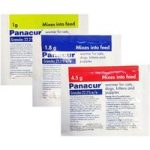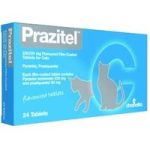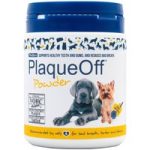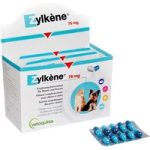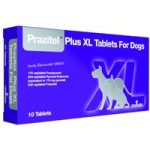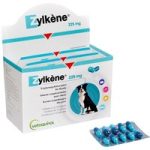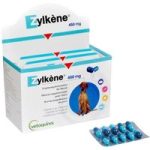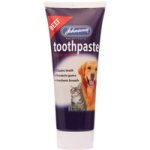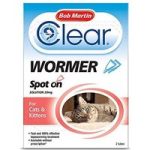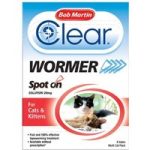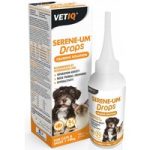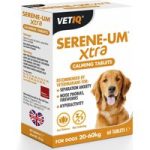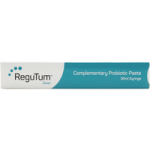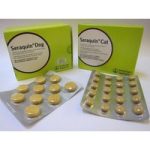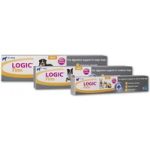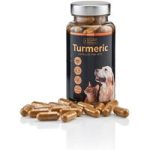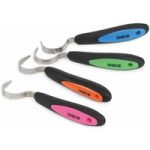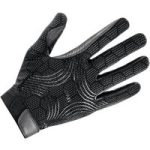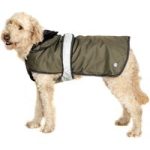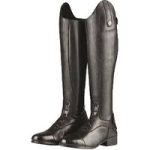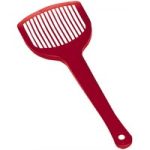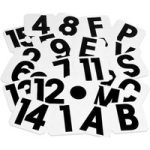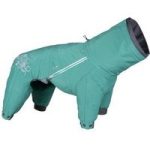Caninsulin Insulin for Cats and Dogs – Vetpen Needles – Box of 100
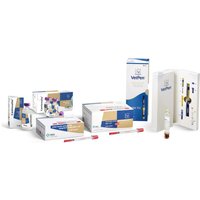
Caninsulin is derived from porcine insulin, which is chemically identical to the insulin found in dogs. It has an intermediate period of activity, meaning that it can suit once- or twice-daily treatment regimens for diabetes mellitus. It is important that your vet performs the appropriate blood tests first and tailors a treatment protocol which suits your individual dog or cat. For compatible syringes and needles click here. It is important to note that the concentration of Caninsulin is different from all other types of insulin available on the market, to make it easier to give the smaller doses often needed compared with human treatments. This means that only Caninsulin syringes are suitable for use with Caninsulin (calibrated at 40 international units per ml), and human syringes (calibrated at 100 international units per ml) should not be used because they will not give the stated dose. Caninsulin can be given by conventional syringe and needle or using the Caninsulin Vetpen which takes 2.7ml cartridges and single use disposable needles. For more information on treatment, see below: The basic rules for successful treatment of diabetes mellitus in dogs and cats revolve around correct, consistent feeding and a regular, consistent daily routine. Suitable diets are lower in carbohydrate and higher in fat and protein than many commercial diets. An animal on a once-daily injection of insulin should receive about one third of the daily food ration at the same time as the injection, then the main meal of the day should be given to coincide with the peak activity of that injection, which is usually about eight hours later. Animals on twice daily injections can be fed more evenly through the day which tends to suit cats much better. Dogs and cats show a very poor response to the tablets used for some types of diabetes in people (the oral hypoglycaemics) and so insulin injections every day are the only real option. If the amount of insulin given is too low, then your dog or cat will have an excessive thirst and may lose weight. There will also be a significant risk of other problems such blindness (due to diabetic cataracts in dogs, or diabetic retinopathy in cats). If too much insulin is given, your pet will feel unwell and might well suffer a hypoglycaemic episode (a “hypo”) which can cause weakness, staggering, and trembling, occasionally leading to fitting, coma, and even death. If this is happening, it can quickly be rectified by giving a little glucose or honey by mouth. DO NOT give extra insulin. It is important to have regular blood tests to monitor how well treatment is working. With care such as Caninsulin it is usually possible to treat dogs or cats very successfully for years. It is also interesting to note that a fair proportion of cats will only suffer from diabetes temporarily, and spontaneous recovery does sometimes happen. Recovered cats no longer require insulin injections as long as they are maintained on a suitable diet. Caninsulin is not licensed for use in cats, but there are currently no licensed treatments for diabetes in cats andmdash; however Caninsulin has been found by vets to work very well. How to use Caninsulin VetPen: VetPen Starket Kit includes: Caninsulin VetPen: Caninsulin delivery device, available in two sizes: 0.5-8IU (0.5-unit dose increments) and 1-16IU (one unit dose increments) Quick Pen components guide: Simple, illustrated diagram that shows Caninsulin VetPen components and accessories Client instruction booklet: easy-to-follow, step-by-step instructions with photos that show clients how to load, use, and store the pen Needles: 28 VetPen needles to get you started Needle remover: device that allows for safe removal of needles from the pen Handling adapters: release button extension and dose selector adaptor to enhance user handling Travel pouch: flexible pouch holds pen, needles, sharps remover adaptors and insulin. Browse our range of prescription medications….









